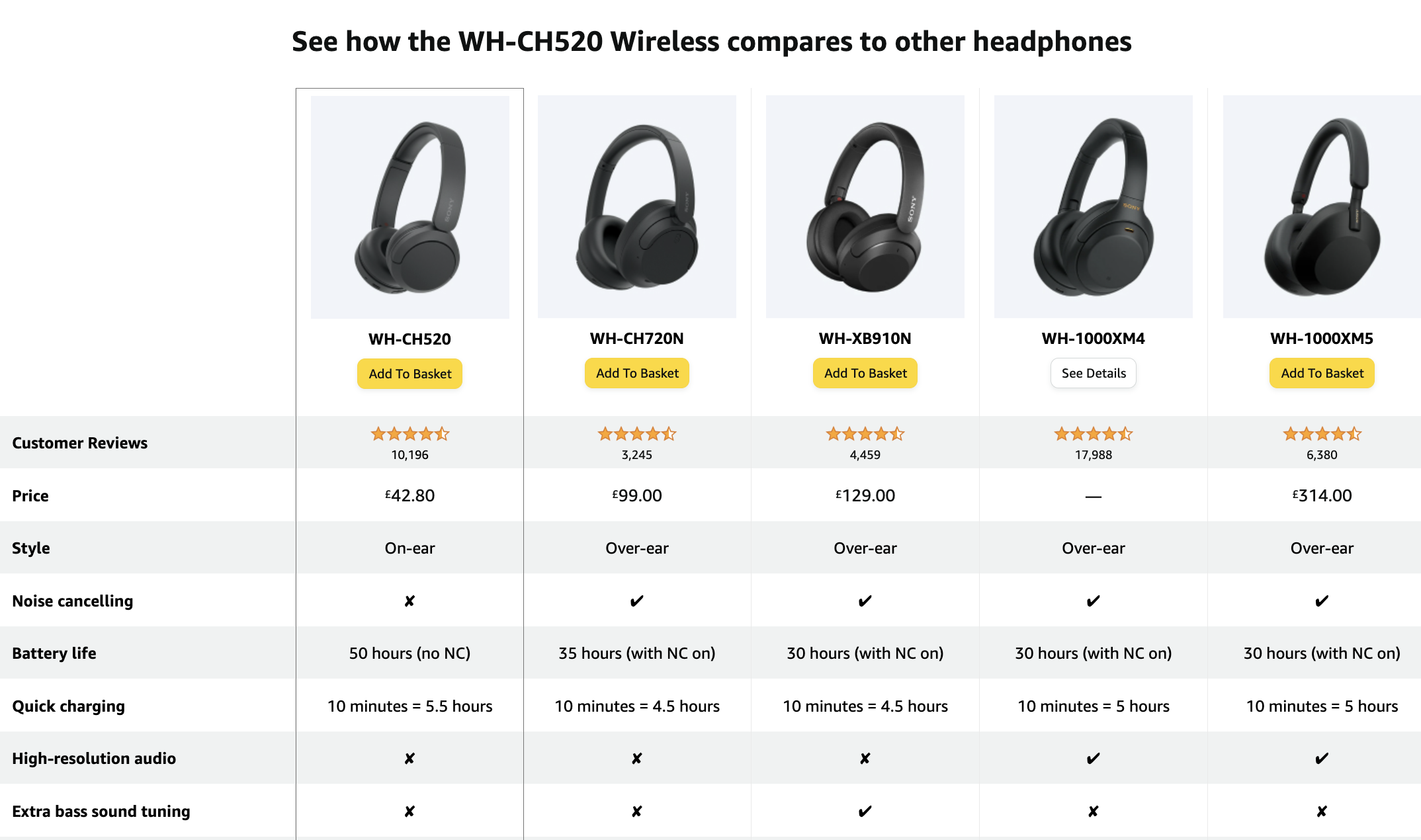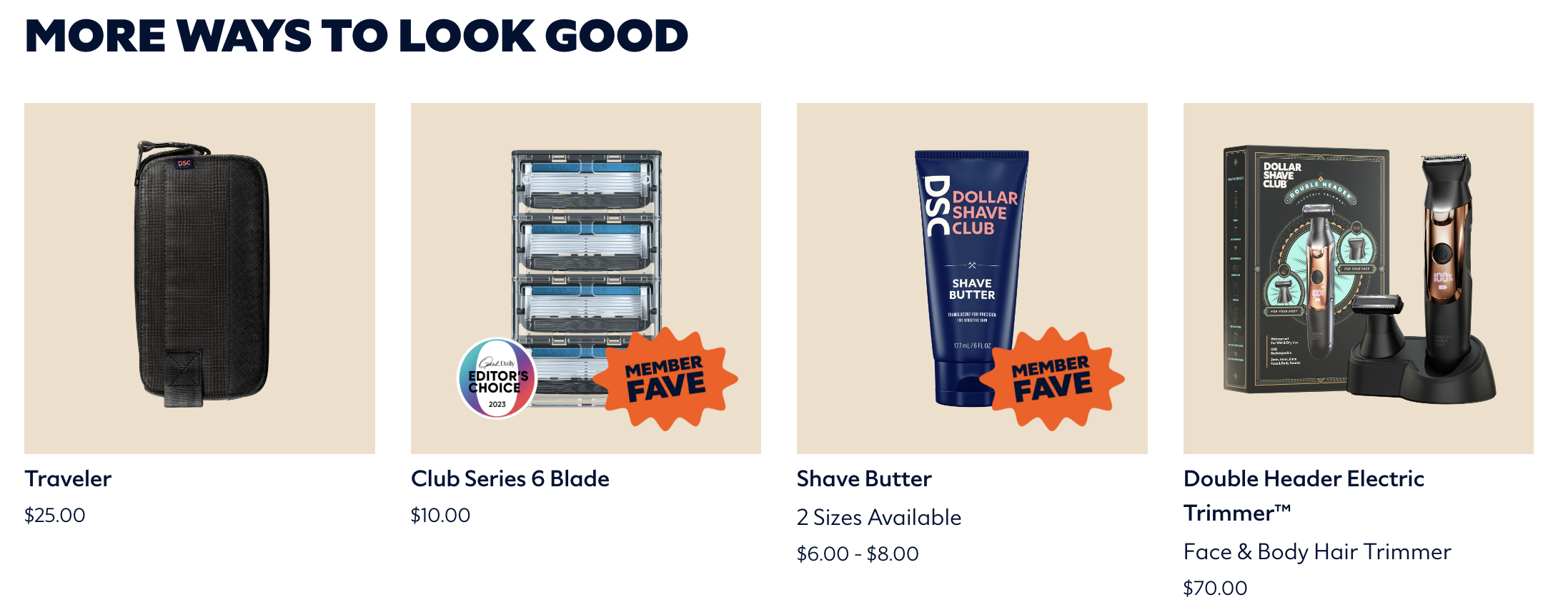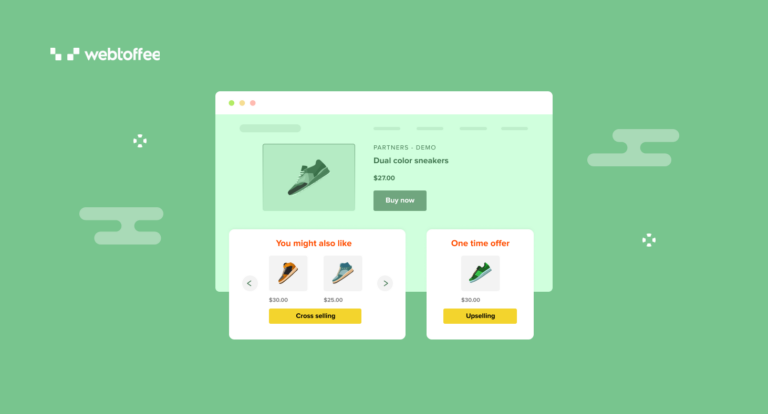Have you found yourself at a restaurant browsing the menu when suddenly, the waiter swoops in with enticing suggestions to upgrade your meal or add an extra flair to your order? This is the subtle art of upselling and cross-selling. The strategies help businesses extract the most value from seemingly ordinary transactions using mere suggestions.
According to HubSpot’s Sales Strategy Report, 91% of sales professionals engage in upselling and 87% in cross-selling, contributing to an average of 21% of revenue through each of these tactics.
So, it’s imperative to understand what these strategies are, their key differences, and how to effectively utilize them to drive sales. Let’s dig in!
What is Upselling?
Upselling is the art of convincing customers to choose the higher-priced version of the product.
A well-executed upsell strategy isn’t just a sales tactic but a catalyst for steering customers toward more profitable offerings. This becomes the driving force behind an uptick in sales and profits.
For example, a customer looking to buy an iPhone 15 might be interested in its pro version, which offers superior features. A simple, strategic suggestion meets their latent desire and brings in better profit margins.
The art lies in transforming potential into profitability with a well-timed and enticing proposition.

Amazon goes beyond the mere suggestion of related products. Say you’re considering a new pair of headphones, and Amazon discreetly suggests, “Customers also viewed…” or “Compare with similar items…” Your purchase transcends beyond headphones; you’re now immersed in exploring audio accessories, cutting-edge features, and perhaps even a headphone stand.
What is Cross-selling?
Cross-selling is a strategic approach, introducing customers to complementary products to enhance their intended purchase, boosting the order value in the process.
Presenting customers with “you might also like” suggestions immediately entices customers to drive more sales. These product recommendations continually evolve in relevance and utility, driven by advanced AI and data analytics.
For example, a customer investing in a laptop may be drawn to additional accessories, such as a protective cover or wireless mouse.

Dollar Shave Club is an example of employing cross-selling well. Beyond the initial razor purchase, they introduce customers to a range of grooming products like their signature shaving cream, post-shave balm, and shaving cartridges.
How do Upselling and Cross-selling Benefit Businesses?
Increased AOV and Revenue
By encouraging customers to explore higher-priced options or complementary products, store owners increase the value of every transaction and subsequently bring in better revenue.
Cost-effective marketing
Instead of allocating resources to acquire new customers, maximizing sales with the existing ones through these strategies proves efficient and economical.
Aids product discovery
Upselling and cross-selling guide the customer’s journey, facilitating the discovery of better or complementary items they might have yet to consider. This expands their choices and enhances their understanding of available products.
Customer satisfaction
A thoughtful use of these strategies creates a dynamic where the business is helping customers find the right products that align with their needs and preferences. This leads to a more satisfying and fulfilling shopping experience.
Enhanced customer lifetime value
The success of upselling and cross-selling extends beyond immediate transactions. It fosters long-term customer relationships and increases the lifetime value of the store. Satisfied customers are more likely to become loyal patrons, ensuring sustained business success.
Understanding the Differences between Upselling and Cross-selling
Now that you have understood these strategies let’s take a look at the key differences between them.
| Key Aspect | Upselling | Cross-selling |
| Focus | Suggests higher priced variants of the intended product or service. | Suggests products that complement the intended purchase. |
| Goal | Increase the order value by encouraging the purchase of higher-priced options. | Increase the order value by encouraging the purchase of more products in addition to the initially intended product. |
| Sales Funnel | It occurs during the consideration or decision stage when the customer evaluates options. | It may happen at various stages, including the decision, checkout, or post-purchase stages. |
| Recommendations | Similar but premium versions of the product or service are recommended. | Products or services that enhance the experience when used in conjunction with the original product or service. |
How to effectively Upsell and Cross-Sell?
Let’s look at how we can effectively integrate upselling and cross-selling techniques into businesses.
1. Understand your customers
Instead of pushing products solely for an increased profit, step into the customer’s shoes. Understand their desires, preferences, and pain points to offer upsells and cross-sells that enhance their experience.
2. Map out user journeys
Pinpoint critical stages in the customer journey where preferences become apparent. These moments offer opportunities to introduce additional offerings that resonate with their evolving requirements. Ensure that customers welcome the introduction of additional offerings; otherwise, it may just cause friction.
3. Leverage multiple channels
Extend your upselling and cross-selling efforts across diverse channels to connect with customers in their preferred spaces. Leverage emails, confirmation pages, and other post-purchase communications.
Embrace the power of selling over social media via platforms like TikTok Shop, Instagram Shop, Product feeds, and more, creating a seamless connection between social interactions and purchasing opportunities.
4. Don’t overdo it!
Avoid bombarding customers with suggestions. Focus on presenting options that add value, respecting their preferences and buying pace.
5. Utilize product recommendation tools
Explore specialized third-party tools to enhance your upselling and cross-selling capabilities.
These tools offer advanced functionalities like personalized product recommendations, product bundling, and more, ensuring a tailored shopping experience for your customers.
Want more details? Click here to learn more about product recommendation tools for your WooCommerce store.
Conclusion
As we conclude the exploration of upselling and cross-selling, remember: the journey doesn’t end here—it evolves with each customer interaction. Armed with insights, tools, and a customer-centric approach, you possess the key to transforming transactions into tailored experiences.
Take the big step— think through these strategies, tailor your approach, implement them, and witness the transformative power of strategic selling.



